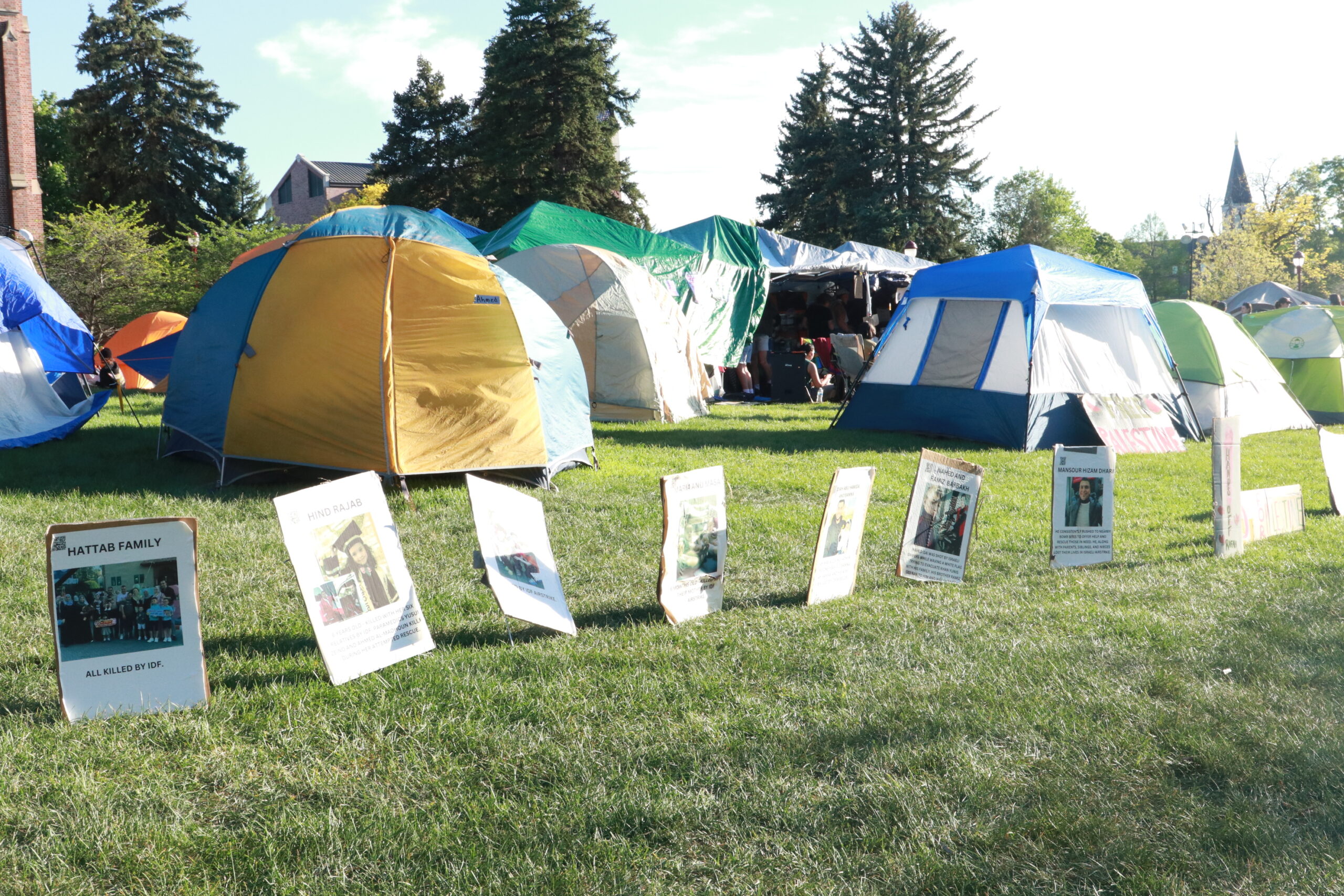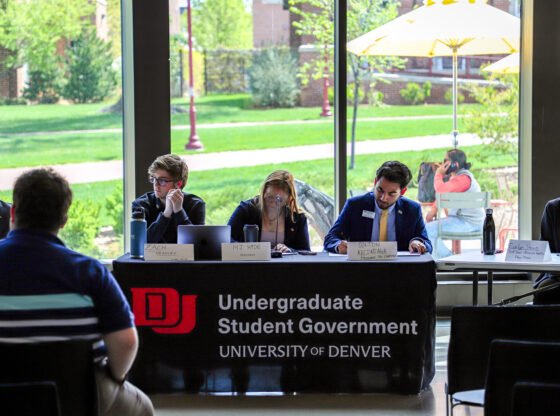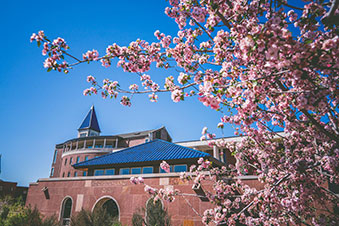Russian President Vladimir Putin announced a partial mobilization on Sep. 21, the first military draft effort for the nation since World War II. The announcement follows the successful Ukrainian counteroffensive in the Northeastern and Southern regions of the country last week.
As part of the mobilization effort, approximately 300,000 reservists will receive draft orders. Regional governors are tasked with delivering draft papers and overseeing punishment for those who refuse to serve. According to the Russian General Defense Staff, approximately 10,000 men have already volunteered without orders.
Putin and the Ministry of Defense explained the primary role of the reservists will be to reinforce front line capacities in the East. While both men and women ages 18 to 60 are theoretically eligible for the draft, Putin clarified only Russian men with prior military experience will be asked to serve. Students and those with valid health conditions, in addition to current defense employees, are able to defer.
These eligibility standards were quickly disproved on Thursday as reports emerged that many of the initial draftees were young men with no military service history. As a result, thousands began to flee Russia. As of Thursday, prices for one-way airfare to countries such as Armenia, Turkey and Georgia reached $5,000. Flights to Belarus were sold out until mid-October and the Russian railway website crashed as people looked for immediate ways out of the country.
While the Kremlin called such Western reports ‘inflamed’, anti-war protests caused further headaches for Russian leadership. On Wednesday, approximately 1,300 people had been detained across Russia and more protests were planned for Saturday.
Finland and the Balkan nations of Latvia, Lithuania and Estonia, which all neighbor Russia, announced closures to their land borders for men fleeing the draft. Poland also stated they will refuse entry to Russian men avoiding the draft. In an interview with the United Nations, Lithanian Foreign Minister Gabrielius Landsbergis justified the decision by questioning why those who sought refuge had not done so earlier following news of mass war crimes committed by their country.
“Suddenly, when it’s their war, they are fleeing. So therefore I have absolutely no trust that they are somehow changing the psyche of Russia,” said Landsbergis.
The partial mobilization announcement was also met with swift international condemnation. Western leaders, such as British Defense Secretary Ben Wallace and NATO Secretary General Jans Stolenberg, released statements arguing the move for partial mobilization was a massive miscalculation, signaling further escalation in spite of a weakening Russian war machine.
Some analysts believe, however, the partial mobilization will be a long-term or gradual escalation. In an interview with NPR, Senior Russian fellow at the Carnegie Institute for International Peace Alexander Baunov, explained the announcement was a free pass to Russian Defense Minister Shoigu who could continue to request hundreds of thousands of Russian conscripts should he so desire. United States military intelligence provided a similar analysis, stating the partial mobilization was not an immediate solution to Russian military issues, and will present long-term implications for the war.
The announcement also included an updated Russian casualty count, deeming 6,000 have been killed in action. The last official casualty update was on March 25 when 1300 had been officially deemed killed in action. The United States Department of Defense indicated in August actual Russian casualties rested between 70,000 and 80,000 personnel, advising the international community that the Russian Ministry of Defense continues to downplay the war to project an image of false stability for its population.
Faced with significant personnel and resource loss, Putin’s partial mobilization raises the stakes of the war which will unfold as winter nears and a new phase of the conflict begins.











